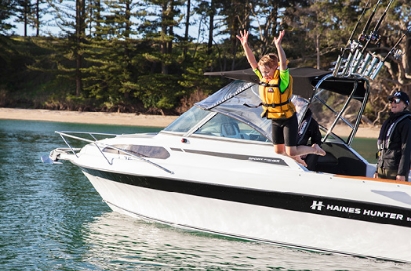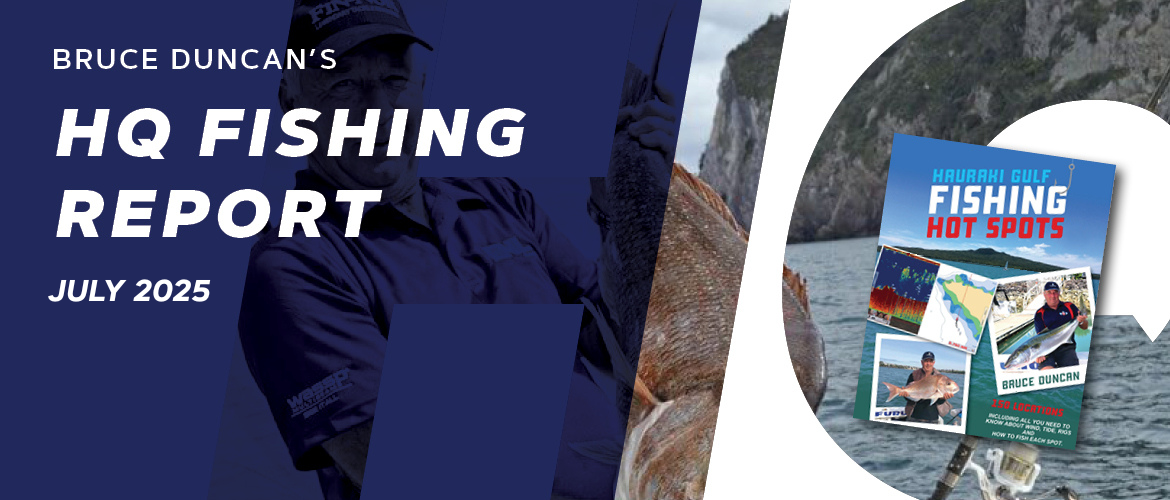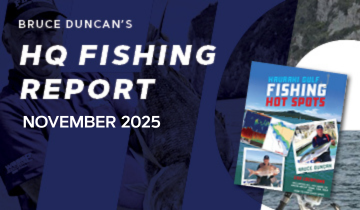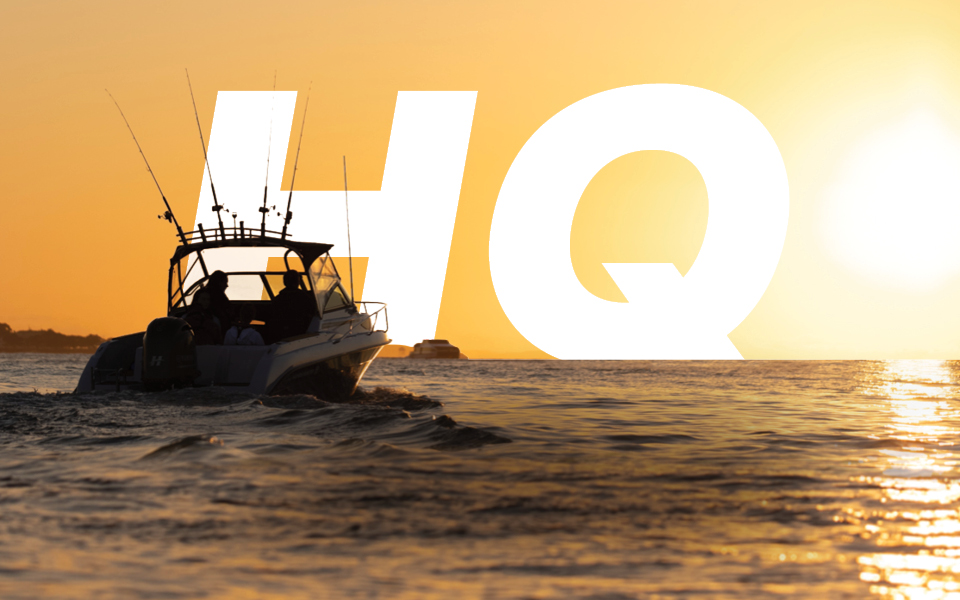Winter has really kicked in big time. It's windy, cold, and wet, but the positive is that when we do get a small weather window, it's generally flat and calm for a couple of days.
Over the last three weeks, I have managed to get out on the water a few times with conditions going from flat calm to marginal. You just need to be ready to rock and roll at the drop of a hat. A couple of times the wind has been up, but you don’t know unless you give it a go, so long as I can find a sheltered spot where the boat will lay to the wind and tide with the worst case scenario is to turn around and come home.
One of the key factors with winter fishing is being able to focus on your lines, noting any small bites or line movement, as winter snapper feed completely differently than in summer. Heading out to your normal summer spots is very hit and miss as the majority of snapper are either in deep water or right in around the rocks. For example, just off Omaha beach over the summer months, I never have had a problem finding snapper feeding on the open sand. In the last two months, there has been virtually no sign of any snapper on the sand, yet close in around the rocks and the foul, I can always catch a few resident fish.
Just be aware that there is now a no-anchoring ban in less than fifty meters around the whole of Little Barrier due to the Caulerpa weed. There have been a number of works all be they are small and don’t last long inside of Little Barrier right down to the south past Kawau, a mate have spent the whole day chasing them down to get six snapper where as I can only be bothered going out for a few hours targeting the shallows but got the same result.
Right around the inner gulf its much the same those catching fish[ mainly on fresh bait] are targeting the rocky fore shores on the northern side of Rangitoto Motutapu and Rakino. Some good fish have been caught down and around the bottom end of Waiheke on the southern end of Hooks Bay and in the foul just to the south of Ruthes Passage.
Winter is when you have to be very aware of where, how, and when snapper will be, but more importantly, it is how they are feeding. Every single snapper I have caught in the last month, the gut cavity has been completely empty, apart from the odd bit of smashed-up kina.
Like us, our eating habits change over winter, now the snapper are largely living on their body fat [ the high fat content is what makes them outstanding eating ], only picking and snacking as they feel the urge. You undaughterly have experienced small nibbles only to find the frame of the bait on the hook when you wind in, this is not necessarily a small fish, simply a snapper has picked up the bait, chewed it, then spat out the hard bits.
Over ninety percent of the snapper I catch over winter are on slabs of mullet kahawai, or best of all, fresh bait. Being tougher, the small fish will chew on it as do the big fish, but the big fish will scoff the last remnants down. The other week, half a jack mac was having a chew, just small tiny taps and line movement, taking in a bit of line to get a solid strike, I hooked up on what I thought was a better than average fish. Being fat and lazy, big winter snapper often swim towards the boat only to fight when near the surface, as this one did on board for a quick photo, it would have been close to or just over twenty pounds.
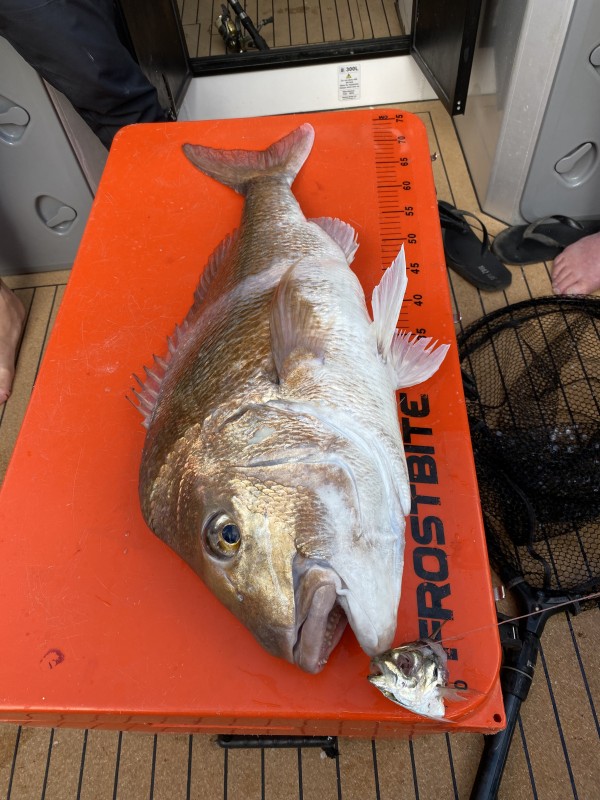
The only way to get snapper more aggressive on the bite is to use both burly and ground bait, burly puts a scent in the water attracting them which they swim up current towards the boat, ground bait is the tail end chunks pilchards [ I only use half cut baits in winter ] attracted by the scent and with more fish around them they now pick up the ground bait. If they pick up a bait and feel resistance, they will just drop it, so I either fish with no sinker or one around an eighth of an oz. The more naturally you present the bait, the better the hook-up rate will be. A decent-sized snapper will come up off the bottom and out of the kelp to grab an unweighted bait, whereas the smaller fish stay hard on the bottom. Using fresh bait in the winter, I find that due to the way and manner in which they chew the bait, I find that a keeper hook will hold the bait together and give you a greater hook-up rate.
Winter is the best time to learn how to fish, and you won’t do that by heading off to various spots if the fishing is slow. Set a game plan to fish just the one spot, get the wind and tide direction right so you are fishing directly off the back of the boat use burly and ground bait and focus on the lines but in the meantime catch fresh bait.


